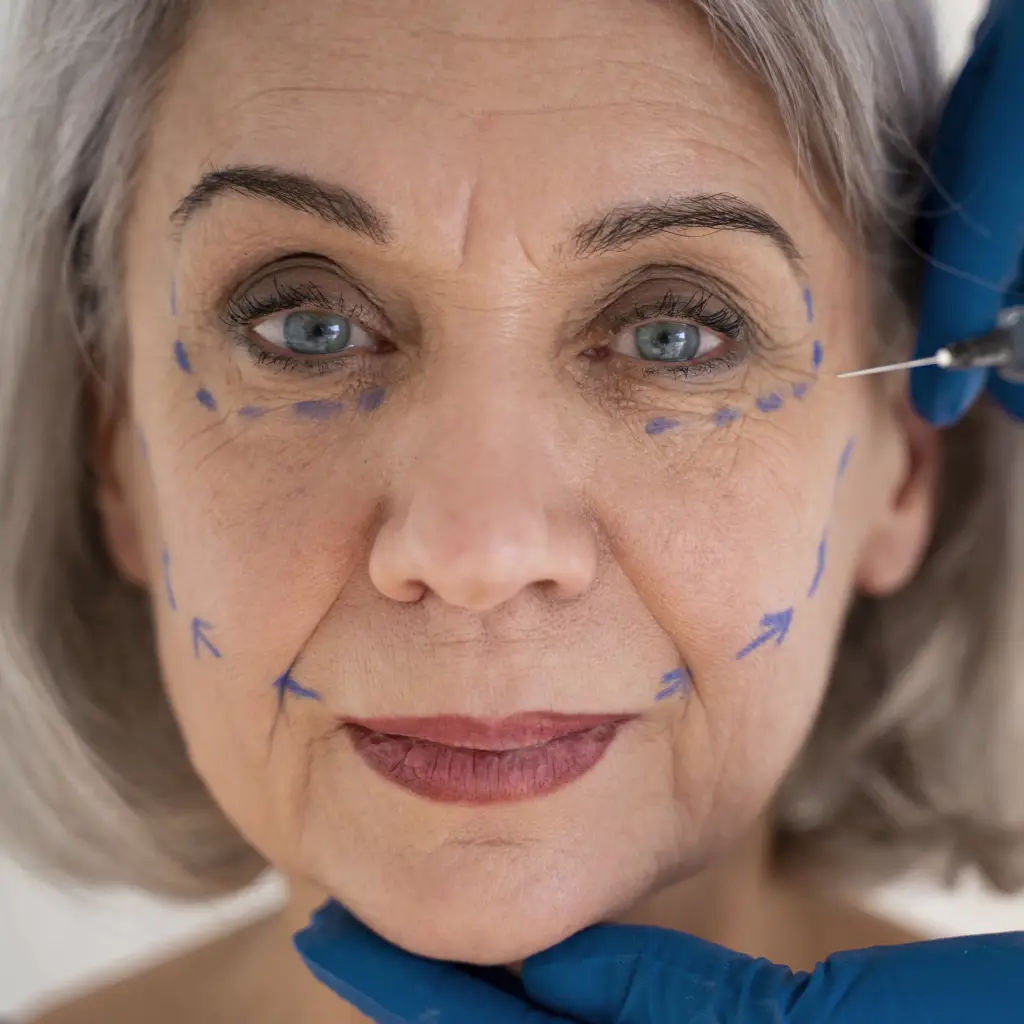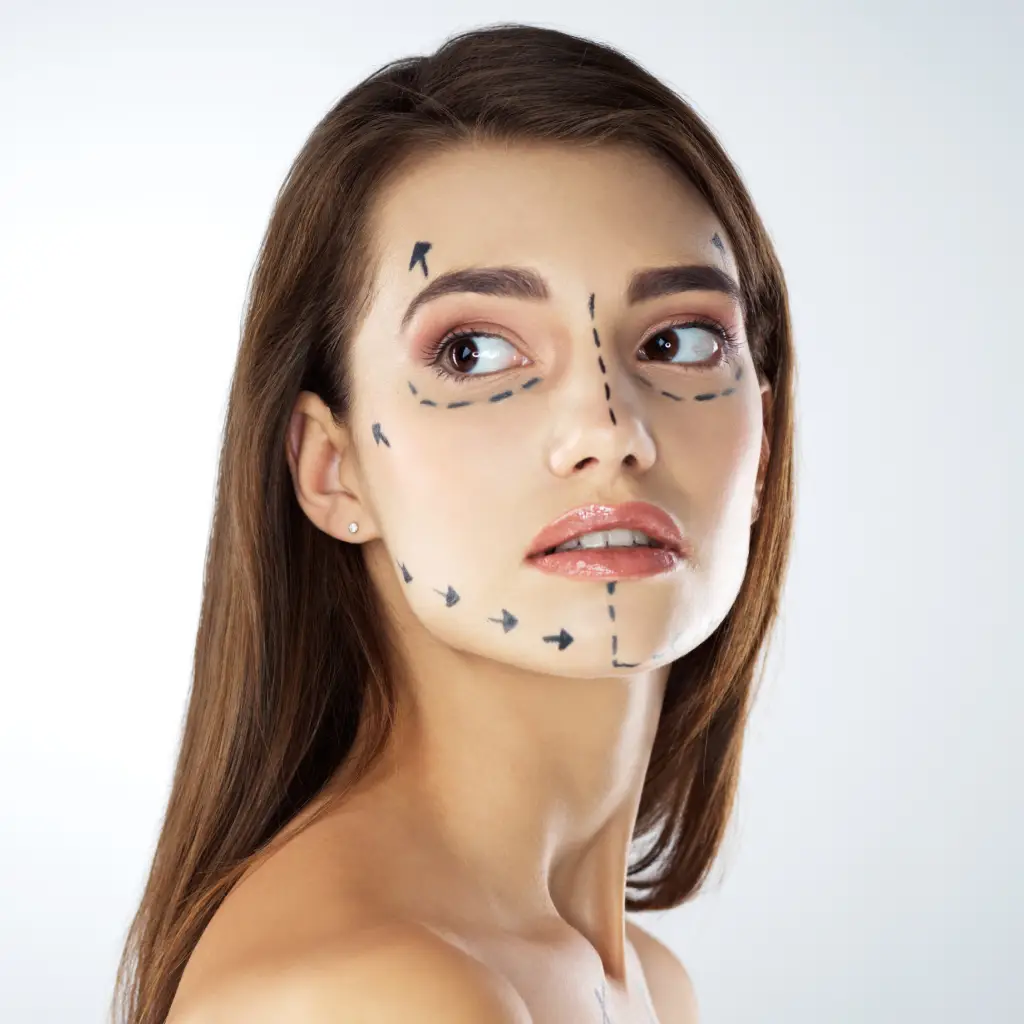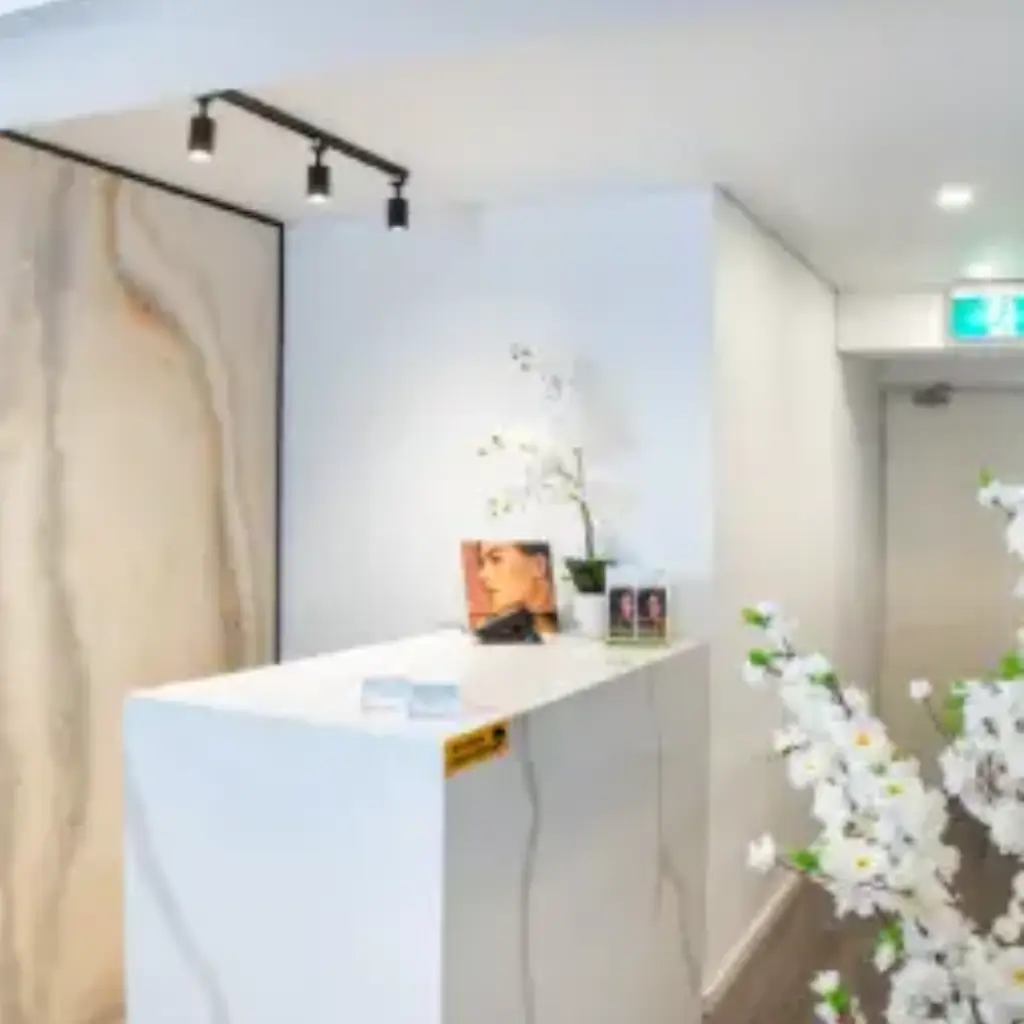Understanding Stiffness Perception and Its Impact on Daily LifeStiffness perception is more than just a physical sensation; it’s a complex interplay between the mind and body that shapes how we experience movement, comfort, and energy throughout the day. Many people describe stiffness as a nagging tightness, a heaviness in the limbs, or an invisible barrier …
Understanding Stiffness Perception and Its Impact on Daily Life
Stiffness perception is more than just a physical sensation; it’s a complex interplay between the mind and body that shapes how we experience movement, comfort, and energy throughout the day. Many people describe stiffness as a nagging tightness, a heaviness in the limbs, or an invisible barrier that slows them down. While this feeling often arises after periods of inactivity or overexertion, it can also stem from how we mentally process discomfort. Our brains interpret signals from the body, but those signals can be amplified or distorted by stress, past experiences, or even the way we talk to ourselves. For example, someone who expects their joints to feel stiff after waking may subconsciously tense their muscles, creating a cycle where stiffness becomes a self-fulfilling prophecy. Recognizing this connection is the first step toward reclaiming ease and flexibility in both body and mind.
The Role of Cognitive-Behavioral Approaches in Shifting Perspective
Cognitive-behavioral approaches offer a powerful framework for addressing stiffness perception by targeting the relationship between thoughts, emotions, and physical sensations. At their core, these strategies teach individuals to notice unhelpful thought patterns—like catastrophizing (“This stiffness means I’ll never feel normal again”) or overgeneralizing (“If my knees hurt today, they’ll always hurt”)—and replace them with balanced, empowering alternatives. Imagine waking up with tight shoulders and immediately thinking, “Here we go again—this will ruin my day.” A cognitive-behavioral lens would invite you to pause, challenge that narrative, and choose a gentler perspective: “My body feels stiff right now, but I’ve felt better before, and I can take steps to move toward that.” Over time, this shift in mindset reduces the emotional weight of stiffness, creating space for practical solutions to emerge.
Reframing Negative Thoughts: A Daily Practice
Reframing negative thoughts isn’t about ignoring discomfort but learning to interpret it differently. One effective technique involves identifying “stiffness triggers”—specific situations or environments where the sensation feels most intense. For instance, someone might notice that stiffness worsens during cold weather or after sitting at a desk for hours. By journaling these observations, patterns become visible, allowing for intentional adjustments. If prolonged sitting is a trigger, a person might set reminders to stand and stretch every 30 minutes, pairing the action with a positive affirmation like, “I’m giving my body what it needs to stay flexible.” This proactive approach disrupts the cycle of frustration and helplessness, replacing it with a sense of agency. The key is consistency; over weeks, these small shifts accumulate into lasting changes in how the brain processes physical sensations.
Behavioral Strategies: Moving Toward Relief
While thoughts shape our experience of stiffness, behaviors play an equally critical role. Avoiding movement due to fear of discomfort only reinforces rigidity, both physically and mentally. Cognitive-behavioral approaches emphasize gradual exposure to activity, helping individuals build confidence in their bodies’ resilience. For example, someone hesitant to walk due to knee stiffness might start with five-minute strolls around the house, gradually increasing duration as trust in their body grows. Pairing this with mindful breathing or listening to uplifting music can further reduce tension. The goal isn’t to push through pain but to rediscover the joy of movement. Over time, the brain learns that activity isn’t a threat but a source of relief, breaking the feedback loop between stiffness and avoidance.
Mindfulness and Stress Reduction: Calming the Nervous System
Stress and stiffness often go hand in hand. When the nervous system is on high alert, muscles tighten, breathing shallow, and the mind races—all of which amplify the perception of rigidity. Mindfulness practices offer a way to reset this response by anchoring attention to the present moment. Simple exercises like body scans, where you mentally “check in” with each part of your body while lying down, can reveal areas of unnecessary tension. If tightness is noticed, the next step is to breathe deeply into that area, imagining fresh oxygen soothing the tissue. Even a few minutes of focused breathing can signal to the brain that it’s safe to relax. Over time, these practices lower the body’s baseline stress levels, making stiffness less frequent and less intense. Think of it as training your nervous system to default to calm rather than chaos.
Setting Goals and Tracking Progress: Small Wins Add Up
Goal-setting is a cornerstone of cognitive-behavioral strategies, transforming abstract desires (“I want to feel less stiff”) into actionable steps. Start by defining clear, achievable objectives, such as “Stretch for 10 minutes each morning” or “Take a short walk three times a week.” Breaking these goals into smaller tasks—like choosing a specific time for stretching or picking a walking route—increases the likelihood of follow-through. Tracking progress in a journal or app provides tangible evidence of improvement, even if changes feel subtle. For example, noting that morning stiffness lasted 15 minutes instead of 30 after two weeks signals progress worth celebrating. This focus on incremental wins fosters motivation and resilience, reminding individuals that healing is a journey, not a race.
The Power of Environment and Social Support
Our surroundings and relationships profoundly influence how we perceive stiffness. A cluttered workspace, uncomfortable furniture, or a lack of natural light can subconsciously heighten tension, while supportive relationships provide emotional resources to cope. Surrounding yourself with encouraging people—whether friends, family, or online communities—creates a buffer against feelings of isolation that often accompany chronic stiffness. Sharing struggles and successes with others who understand can normalize the experience and spark creative solutions. Additionally, modifying the environment to reduce physical strain—like using ergonomic chairs or placing frequently used items within easy reach—can minimize unnecessary stiffness. These adjustments align the external world with internal goals, making it easier to prioritize comfort and movement.
Artovitel: Supporting Joint Comfort from Within
While cognitive and behavioral strategies work wonders for managing stiffness perception, some individuals find additional support through targeted nutrition. Artovitel is a premium supplement formulated to promote joint comfort and mobility, combining natural ingredients that work synergistically to support connective tissues. Unlike generic joint formulas, Artovitel prioritizes bioavailability, ensuring the body can effectively utilize its key components. Users often report feeling lighter and more agile after incorporating it into their routine, though results may vary. It’s important to note that Artovitel is exclusively available through its official website, artovitel.org, to guarantee authenticity and quality. As with any supplement, consistency is key; taking Artovitel daily for several weeks allows its benefits to unfold fully. Always consult a healthcare provider before starting new supplements, especially if you have existing health concerns or are taking medications.
Putting It All Together: A Holistic Path Forward
Managing stiffness perception is not about finding a single solution but weaving together a tapestry of strategies that address both mind and body. Cognitive-behavioral approaches equip individuals with tools to reframe thoughts, adjust behaviors, and reduce stress, while lifestyle modifications—from mindful movement to environmental tweaks—create a foundation for lasting relief. Supplements like Artovitel can complement these efforts, offering nutritional support tailored to joint health. The journey requires patience and self-compassion, recognizing that progress isn’t linear. Some days may bring setbacks, but every small victory reinforces the possibility of change. By embracing this holistic perspective, individuals can transform their relationship with stiffness, shifting from a place of struggle to one of empowerment and resilience.
Final Thoughts: Your Journey Starts Today
The path to managing stiffness perception begins with a single step—a decision to approach the body with curiosity and kindness rather than frustration. Whether through reframing unhelpful thoughts, exploring gentle movement, or nurturing joint health with products like Artovitel, every action contributes to a larger shift in how you experience your body. Remember, you’re not alone in this journey. Countless others have walked this road and discovered that stiffness doesn’t have to define their lives. With persistence and the right tools, it’s possible to move with greater ease, confidence, and joy. Start today by choosing one small change, and let that momentum carry you forward toward a future where stiffness no longer holds you back.










